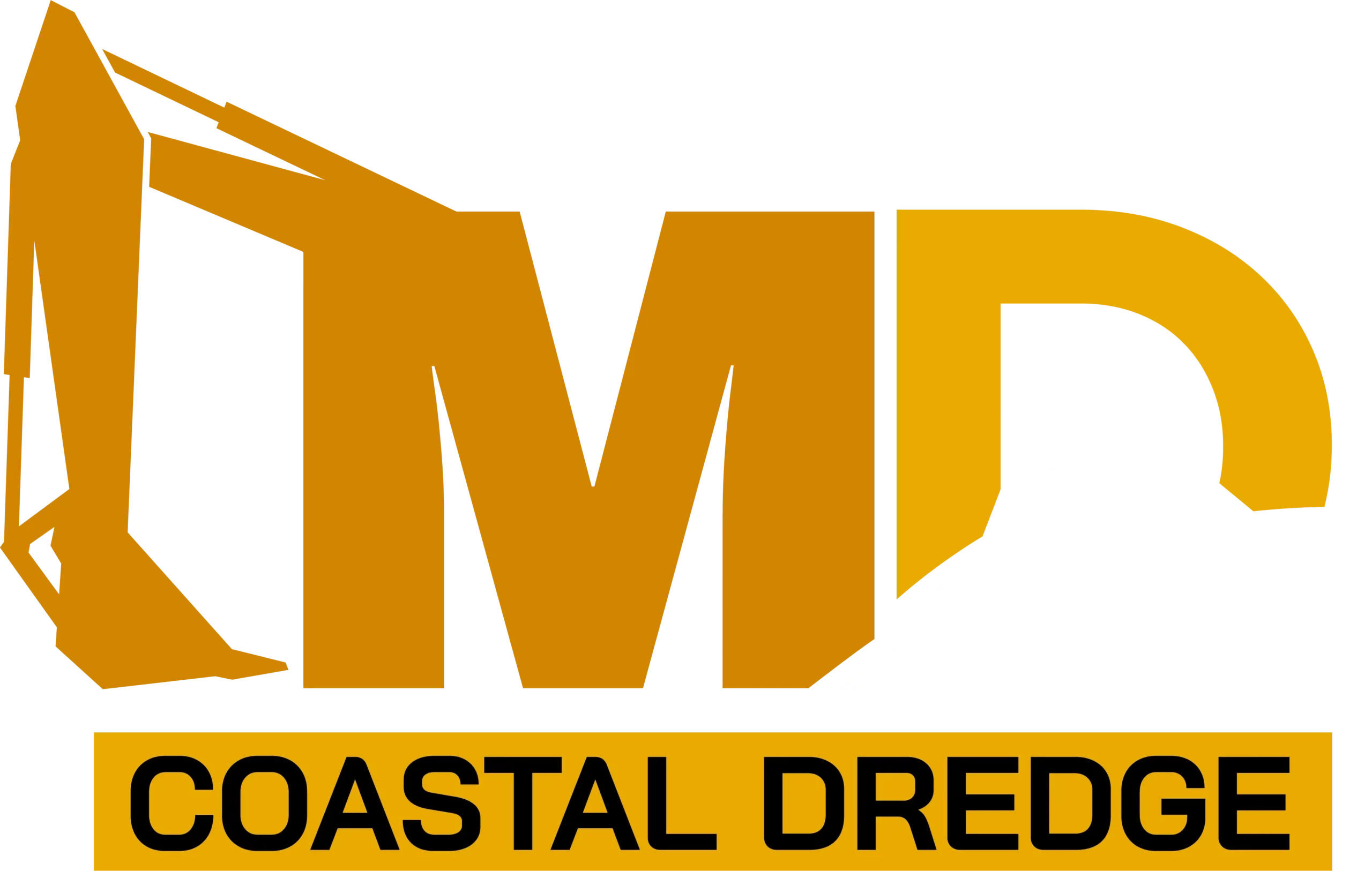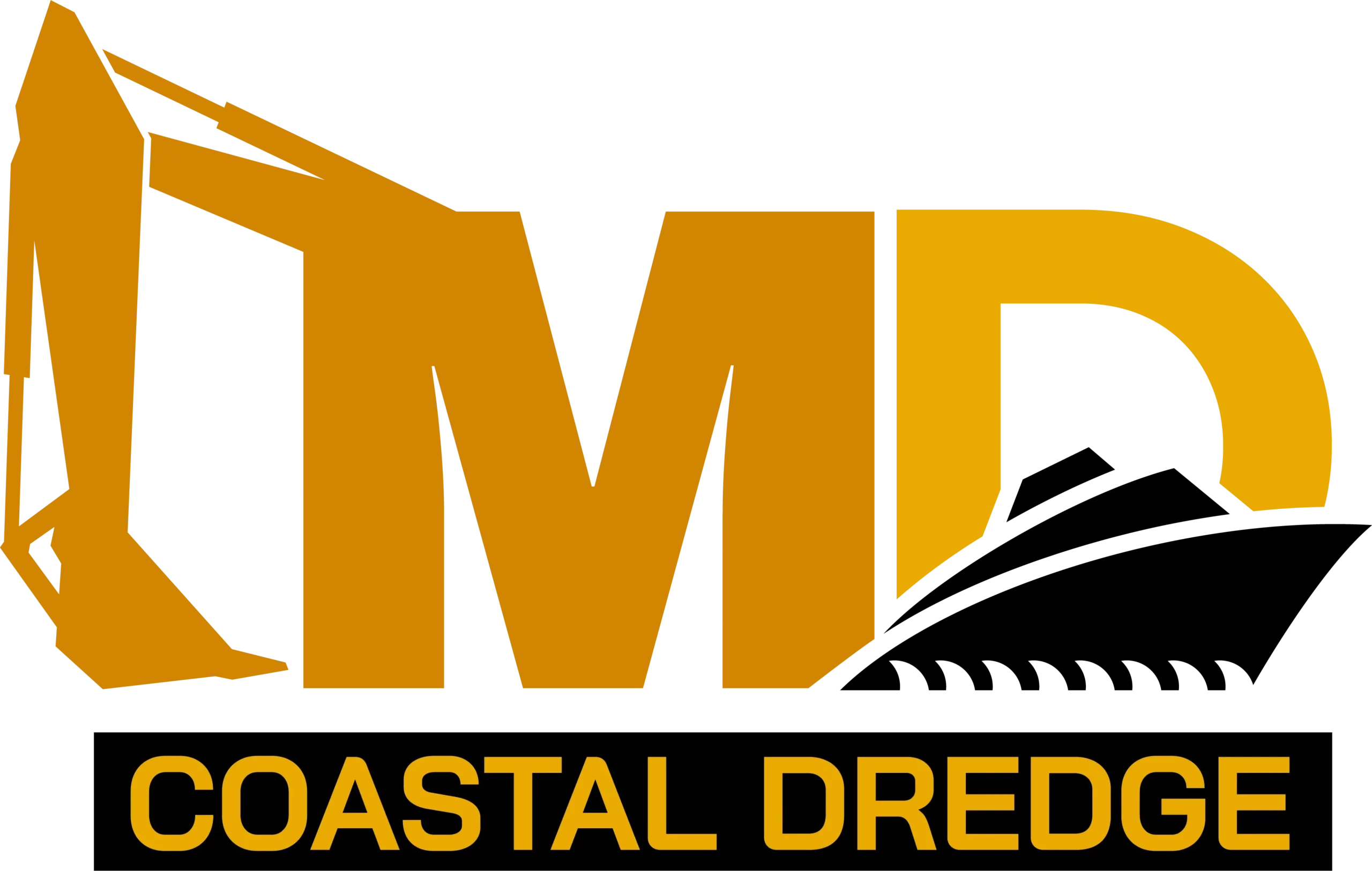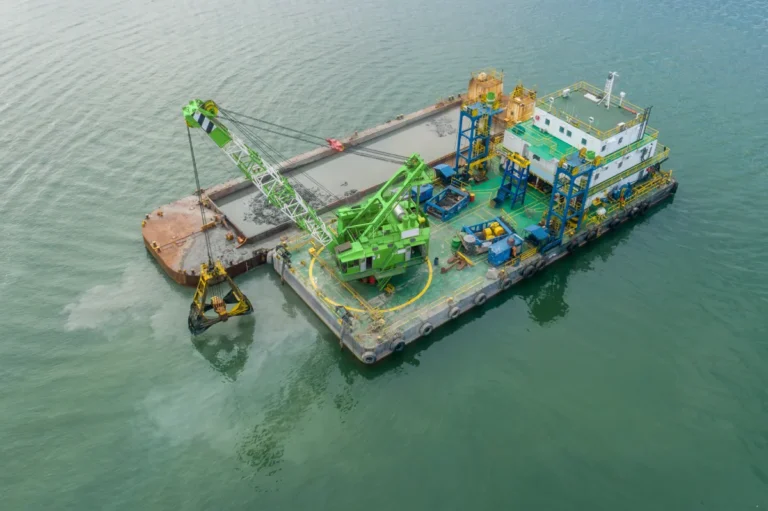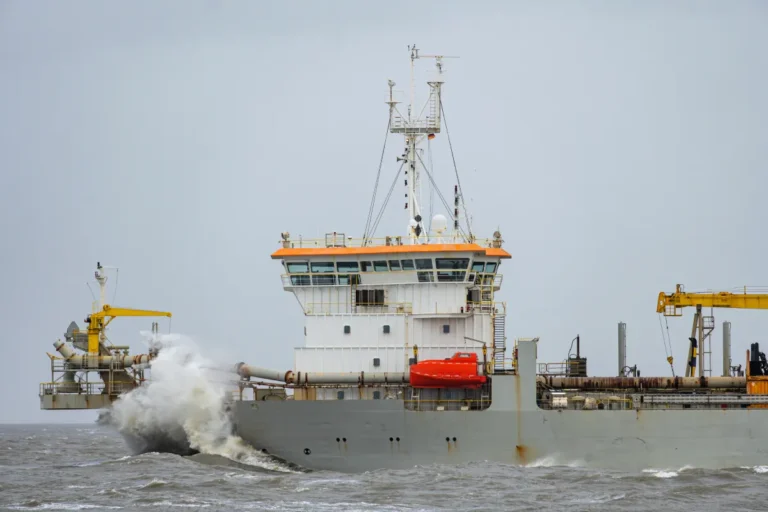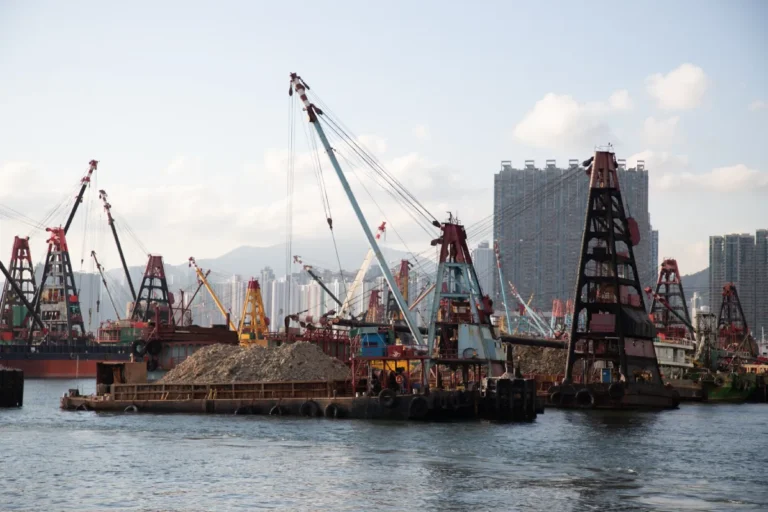As sediment buildup continues to impact waterways, ports, reservoirs, and industrial sites, the demand for smarter, more efficient dredging solutions is accelerating. Traditional methods are no longer sufficient for today’s complex environmental, regulatory, and operational challenges. Fortunately, the latest advances in dredging technology—from AI-powered systems and modular platforms to electric dredge machines and real-time monitoring tools—are revolutionizing the process of removing sediment. These innovations are enabling faster deployment, greater precision, lower environmental impact, and better return on investment across a wide range of applications.
From Manual to Smart: The Evolution of Dredge Machines
The need for greater efficiency, accuracy, and environmental compliance has driven the evolution of dredging technology. Early dredge machines relied heavily on mechanical systems—such as bucket dredgers and draglines—that were labor-intensive, slow, and often limited by depth, material type, and weather conditions. These machines, while functional, lacked the precision and throughput needed for large-scale or environmentally sensitive projects.
With the introduction of hydraulic systems, the industry saw a major leap forward. Hydraulic dredges allowed for higher production rates and continuous operation by pumping sediment through pipelines. This marked a significant improvement in dredge technology, enabling operators to work in deeper waters and remove a wider range of materials. However, these systems still required substantial manual oversight and were prone to wear from abrasive materials.
Modern dredging technology has shifted further toward smart, integrated systems. Today’s dredge machines often incorporate remote operation capabilities, automation controls, and real-time data monitoring. Technologies such as RTK GPS, sonar-based depth control, and flow sensors allow operators to fine-tune performance with minimal physical intervention. These advancements reduce operational costs, improve safety, and help ensure compliance with environmental regulations. The digital transformation of dredge technology continues to reshape how sediment removal projects are executed across industries.
Smart Control Systems and AI Integration
Modern dredging technology is increasingly defined by its integration with advanced control systems, real-time diagnostics, and artificial intelligence. These technologies have significantly improved the precision, reliability, and efficiency of dredging operations. One of the most impactful advancements is the use of real-time data logging and diagnostics, which enables operators to monitor critical parameters such as pump pressure, slurry density, flow rate, and cutterhead position. This level of visibility not only enhances operational control but also enables predictive maintenance, which helps reduce unplanned downtime and extend the service life of dredge machines.
Precision in dredging is further enhanced by the deployment of GPS and RTK (Real-Time Kinematic) positioning systems, along with sonar and LiDAR-based sediment mapping tools. These technologies enable highly accurate geospatial tracking of dredge location and depth, ensuring that sediment is removed in accordance with strict project specifications. RTK-enabled positioning enables centimeter-level accuracy, which is particularly valuable in confined or environmentally sensitive dredging zones.
Artificial intelligence adds another layer of efficiency to dredge technology. AI-driven systems can analyze historical dredging patterns, real-time sensor inputs, and bathymetric data to optimize dredging routes and operations. This includes automated path planning, adaptive dredge head adjustments, and sediment profiling that adjusts to changing material conditions. By leveraging AI, operators can reduce fuel consumption, minimize over-dredging, and improve overall project timelines—making smart control systems a cornerstone of the next generation of dredge machines.
Modular and Customizable Dredge Platforms
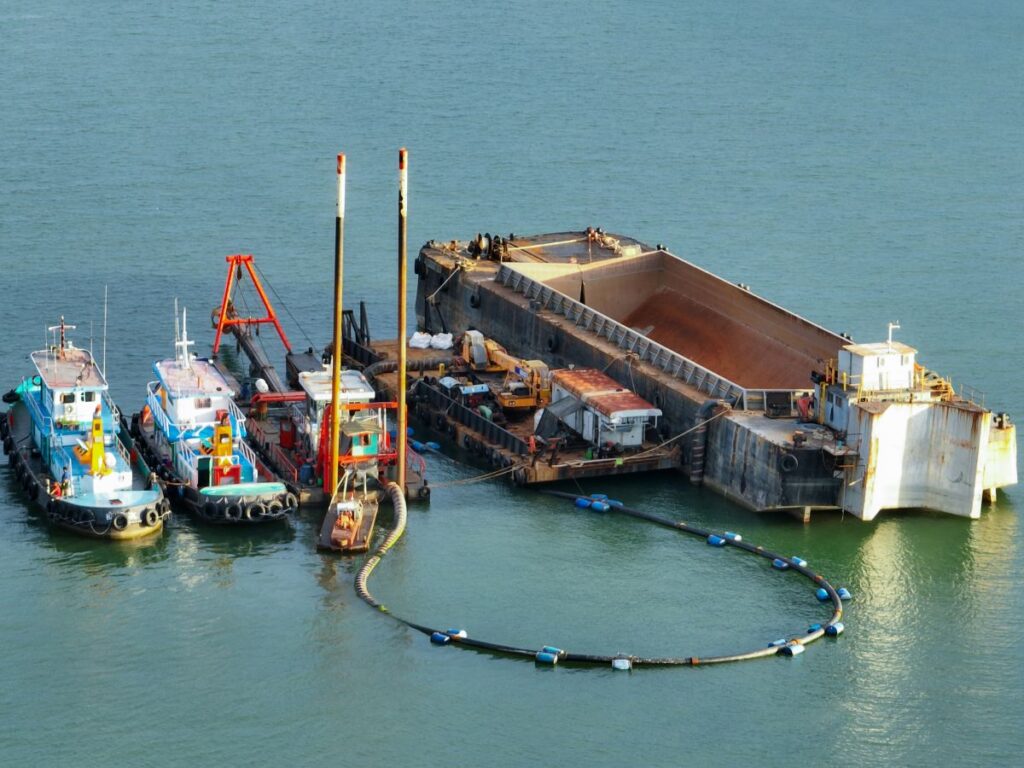
The adoption of modular dredging platforms represents a significant step forward in modern dredging technology, offering unparalleled flexibility for deployment, transportation, and project customization. Unlike traditional, monolithic dredge systems that often require heavy infrastructure and prolonged assembly times, modular platforms are designed with sectional construction, allowing for rapid on-site assembly and disassembly. This is particularly advantageous in remote or logistically challenging locations where conventional dredge machines are difficult to mobilize.
These platforms can be tailored to meet specific project conditions, with customization options based on water depth, sediment composition, and environmental constraints. For example, dredge operators can select between electric or diesel power units, choose between cutterhead, jetting, or submersible pump attachments, and adjust hull buoyancy for shallow or deep water applications. In environmentally sensitive areas, platforms can also be configured with reduced-emission engines, sediment containment systems, and noise-dampening features to comply with regulatory requirements.
The modularity and scalability of this dredge technology also make it well-suited for rental and leasing models, allowing contractors and agencies to match equipment size and configuration to the project’s scope without incurring significant capital investment. These platforms are now widely used across various industries, including municipal dredging, mining tailings recovery, power plant intake cleaning, and port maintenance, offering a cost-effective and highly adaptable solution for diverse sediment removal challenges. As demand grows for efficient and versatile dredge machines, modular platforms are increasingly becoming the preferred choice for both short-term and long-term operations.
Electrification and Eco-Friendly Power Systems
As sustainability becomes a core priority across industrial sectors, the dredging technology landscape is rapidly evolving to include electric and hybrid-powered dredge machines. These next-generation systems offer a cleaner, quieter, and more energy-efficient alternative to traditional diesel-driven units. Electrification not only supports environmental regulations but also addresses growing concerns about fuel costs, air quality, and operational safety—especially in urban and ecologically sensitive areas, such as dredging sites.
Battery-powered dredge machines are emerging as a practical solution for confined waterways, residential harbors, and protected environments where noise and emissions must be minimized. These units typically operate with zero on-site emissions, significantly reducing the environmental footprint. They are also quieter than their diesel counterparts, making them ideal for projects in noise-restricted zones such as city canals, marinas, or near wildlife habitats.
Hybrid systems, which combine electric motors with auxiliary diesel generators, offer the flexibility to switch between power sources based on availability and project needs. This not only ensures continuous operation but also reduces fuel consumption and operational costs over time. Additionally, electric dredge platforms are compatible with renewable energy inputs, enabling integration with solar, wind, or shore-based power supplies where feasible.
The shift to electrified dredge technology also aligns with global decarbonization efforts, enabling operators to meet increasingly stringent emission standards set by agencies such as the EPA and IMO. With advancements in energy storage, power management, and electric propulsion, eco-friendly dredge machines are poised to become the new standard in sustainable sediment removal operations.
High-Capacity Submersible and Remote Dredge Systems
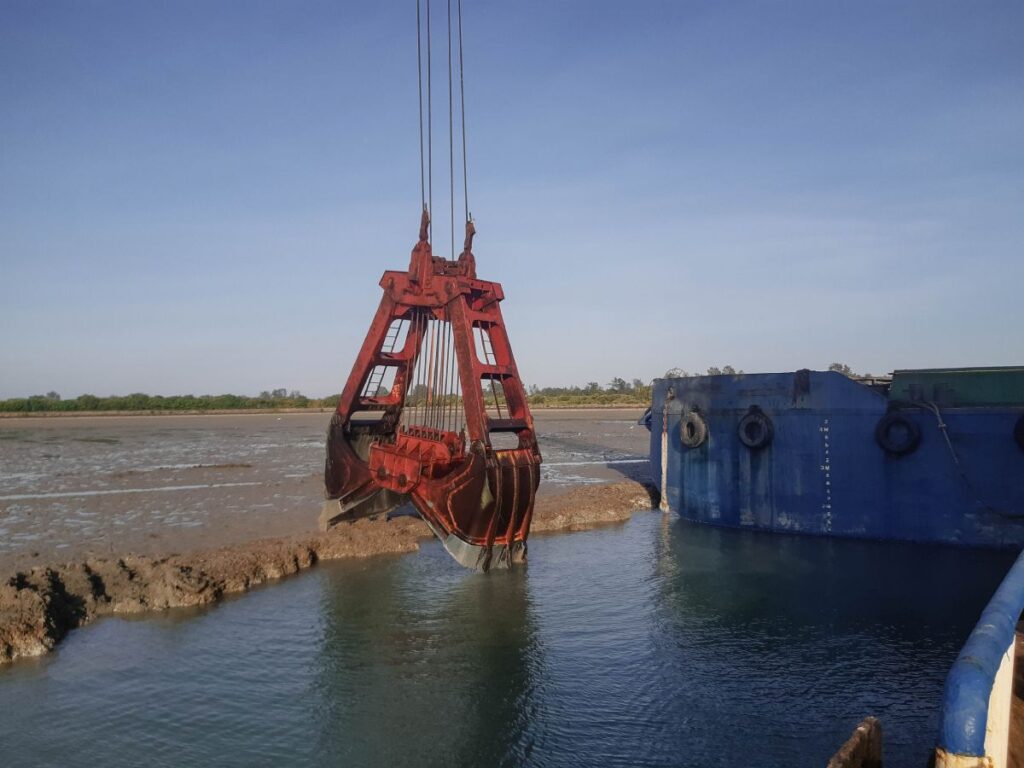
The evolution of dredging technology has led to significant improvements in submersible and remotely operated dredge machines, particularly for applications that require deep-water access and the handling of high-solids materials. These systems are designed to operate directly at the sediment layer, eliminating the need for extensive suction piping and reducing energy losses commonly seen in surface-mounted equipment.
Modern submersible dredge machines feature high-capacity pumps capable of handling dense slurries with large solids content, making them ideal for challenging operations such as tailings removal, sediment recovery in deep reservoirs, and offshore trenching. These units are often mounted directly on excavators, barges, or floating platforms and are engineered to deliver consistent performance even in abrasive and high-viscosity environments.
Diver-operated and ROV (Remotely Operated Vehicle)-based dredging systems represent another leap forward in dredge technology, enabling precise sediment removal in locations that are inaccessible or too hazardous for traditional machinery. Diver-operated submersible dredges are commonly used in dam intake cleaning, pipeline burial, and underwater infrastructure maintenance, enabling controlled material removal in real-time. ROV-based systems, on the other hand, are fully remote and can operate at extreme depths or in environments with poor visibility, contaminated sediments, or structural hazards.
These advanced systems find critical applications in underwater mining, offshore oil and gas operations, subsea cable laying, and environmental remediation. Their ability to perform complex dredging tasks without extensive surface infrastructure makes them a key component in modern, efficient, and safe dredging technology.
Real-Time Monitoring and Remote Dredging Operations
The integration of real-time monitoring and remote operation capabilities has become a cornerstone of modern dredging technology, enabling unprecedented control, visibility, and efficiency across a wide range of dredging projects. Through the use of IoT-based dashboards, operators can now monitor dredge performance metrics, including pump speed, slurry concentration, fuel usage, cutterhead torque, and GPS position, all from a centralized interface, whether on-site or off-site.
These advanced monitoring platforms are often cloud-connected, allowing for seamless data logging, trend analysis, and remote troubleshooting. This not only enhances operational decision-making but also allows maintenance teams to identify and address potential issues before they escalate. The result is improved equipment uptime and optimized resource utilization.
Remote dredging systems also bring significant safety and workforce advantages. Operators can control dredge machines from protected onshore control rooms or mobile command centers, reducing the need for personnel to be physically present in hazardous or hard-to-reach environments. This is especially beneficial in offshore operations, contaminated sites, or during extreme weather conditions.
Cloud-based integration with central command centers enables the simultaneous monitoring and coordination of multiple dredging units, often across different geographical locations. Fleet managers and project supervisors can gain real-time insights into performance metrics, regulatory compliance, and project progress—ensuring 24/7 operational oversight and faster response times. As dredge technology continues to advance, remote monitoring and control systems are redefining what’s possible in safe, scalable, and intelligent sediment removal.
Advanced Materials and Wear-Resistant Components
Durability is a crucial factor in the performance of any dredge machine, particularly when operating in environments with abrasive, corrosive, or high-solids conditions. Recent advancements in materials science have significantly enhanced the reliability and efficiency of modern dredging technology, leading to longer service life, lower maintenance demands, and reduced total cost of ownership.
One of the most impactful innovations is the development of wear-resistant alloys and engineered composites for high-wear components such as impellers, pump casings, liners, and volutes. Materials like high-chrome white iron, hardened steel, and ceramic-reinforced composites are now commonly used to withstand the constant erosion caused by sand, gravel, and other abrasive sediments. These upgrades extend the operational lifespan of dredge machines and minimize the frequency of part replacements.
Innovative impeller designs—such as recessed vortex impellers, open-faced configurations, and non-clog geometries—have also emerged to improve the handling of high-solids slurries while reducing internal turbulence and wear. Meanwhile, polyurethane and rubber liners offer excellent shock absorption and resistance to cavitation, protecting the internal surfaces of pumps and pipelines during continuous operation.
To further reduce downtime, many dredging technology systems now incorporate advanced protective coatings—including ceramic epoxies, hard-facing weld overlays, and nano-coatings—that provide a barrier against chemical corrosion and mechanical wear. These surface treatments are especially valuable in harsh environments, such as mining tailings ponds, saltwater dredging zones, and industrial waste lagoons.
As projects demand longer runtimes and more aggressive sediment handling, the use of advanced materials and wear-resistant components has become essential to ensuring that dredge equipment performs reliably under even the most punishing conditions.
Dredging as a Service (DaaS): Outsourcing Technology, Not Just Labor

A growing trend in the industry is the shift toward Dredging as a Service (DaaS)—a model that enables clients to outsource not only labor but also access to the latest dredging technology through turnkey solutions. This approach shifts the burden of equipment ownership, maintenance, and technical operation to specialized dredging service providers, making it an ideal option for organizations that lack the internal infrastructure or expertise to manage sediment removal projects in-house.
DaaS offerings typically include subscription-based or project-based access to advanced dredge machines, automated monitoring systems, and expert operators. Clients benefit from the deployment of cutting-edge equipment—such as electric-powered dredges, RTK GPS-integrated platforms, and AI-enhanced route optimization tools—without needing to invest in capital purchases, storage, or long-term staffing. This model ensures that dredging operations are carried out using the most up-to-date dredge technology, maximizing efficiency and compliance with regulatory standards.
For municipalities, DaaS helps maintain critical infrastructure, such as stormwater ponds, canals, and water treatment basins, without the need for dedicated dredging crews. Mining operations can use it to recover valuable tailings or manage sediment buildup in process water ponds. Ports and terminals benefit from outsourcing routine maintenance dredging to maintain navigable depths and operational uptime without interrupting core logistics activities.
By combining equipment, expertise, and technology into a single service package, DaaS enables faster deployment, predictable budgeting, and measurable outcomes—making it a practical and scalable solution in today’s increasingly complex dredging environments.
Regulatory Compliance and Environmental Monitoring Innovations
As environmental regulations become more stringent, dredging technology has evolved to incorporate real-time environmental monitoring tools that help operators stay compliant while minimizing ecological impact. Modern dredge machines are often equipped with integrated turbidity sensors, GPS tracking, and automated reporting systems, which continuously collect and transmit environmental data during dredging operations. These systems provide immediate insights into water quality parameters such as suspended solids, turbidity levels, and sediment dispersion—critical for protecting aquatic ecosystems and meeting permit conditions.
Compliance with regulatory bodies such as the Environmental Protection Agency (EPA) and the U.S. Army Corps of Engineers (USACE) is now more easily managed through smart dredging tools. Automated documentation and cloud-based dashboards allow operators to log and submit data directly to regulators, reducing administrative overhead and minimizing the risk of fines or project delays due to non-compliance.
On-site mitigation tools, including silt curtains, floating barriers, and sediment control systems, are also being integrated into dredging workflows, particularly in environmentally sensitive areas such as wetlands, estuaries, or near drinking water reservoirs. These measures help contain sediment plumes and prevent re-suspension of harmful materials into the surrounding water column.
Real-time feedback loops between monitoring equipment and dredge controls enable immediate adjustments to dredging activity—such as pausing operations or modifying dredge head depth—if predefined environmental thresholds are approached. This dynamic response system not only ensures compliance but also demonstrates environmental stewardship to stakeholders and the public.
Looking Ahead: The Future of Dredging Technology
The future of dredging technology is being shaped by rapid advancements in autonomy, robotics, and predictive analytics—transforming the industry from a reactive, labor-intensive process into a proactive, data-driven operation. One of the most promising developments is the emergence of autonomous dredgers capable of self-navigating, self-monitoring, and adjusting dredging operations without constant human intervention. These systems reduce the need for onboard crew, improve safety, and enable continuous 24/7 operations with minimal oversight.
Another innovation on the horizon is the use of swarm robotics, where fleets of small, coordinated dredge machines operate simultaneously to perform large-scale sediment removal more efficiently than a single large unit. These systems can dynamically divide workloads, adapt to changing sediment conditions, and provide real-time redundancy—making them ideal for both inland and offshore projects.
In addition, AI-powered sediment forecasting is being explored to predict sediment accumulation patterns and optimize dredging schedules in advance. This enables operators to transition from reactive maintenance dredging to a predictive and preventive approach, thereby reducing long-term costs and ensuring uninterrupted flow in critical waterways.
Looking ahead, the future of dredge technology will also be driven by cross-industry collaborations. Partnerships with marine robotics firms, geospatial analytics providers, and environmental science organizations are enabling more intelligent and adaptive dredging solutions. Real-time bathymetric data, satellite imagery, and machine learning models are already being used to guide equipment deployment, optimize dredge head positioning, and minimize ecological disturbance.
Conclusion: Efficiency, Safety, and Sustainability in Dredging
The evolution of dredge technology is not just about improving machines—it’s about transforming how entire dredging projects are planned, executed, and monitored. With innovations like autonomous equipment, predictive analytics, eco-friendly power systems, and cloud-based monitoring, today’s solutions offer a powerful blend of efficiency, compliance, and sustainability. Whether you’re a municipality, port authority, or industrial operator, leveraging these technologies can significantly reduce costs and environmental risks. To explore how modern dredging solutions can work for your next project, visit mdcoastaldredge.com and get in touch with the experts in precision sediment removal.
